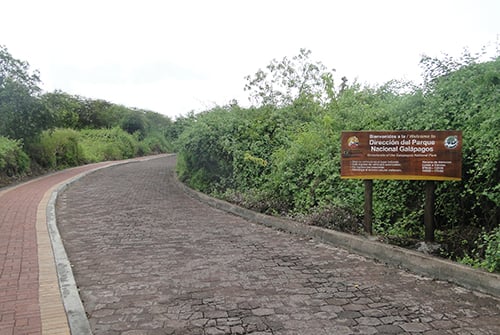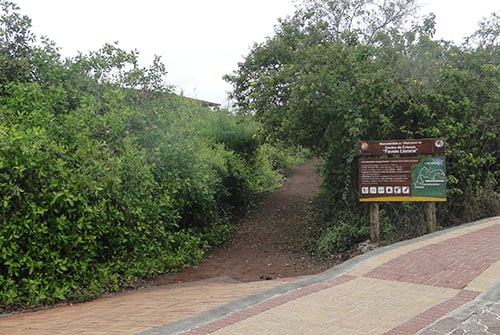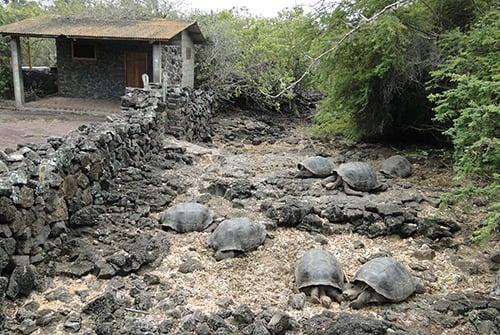Galapagos Entry Fees & Documents
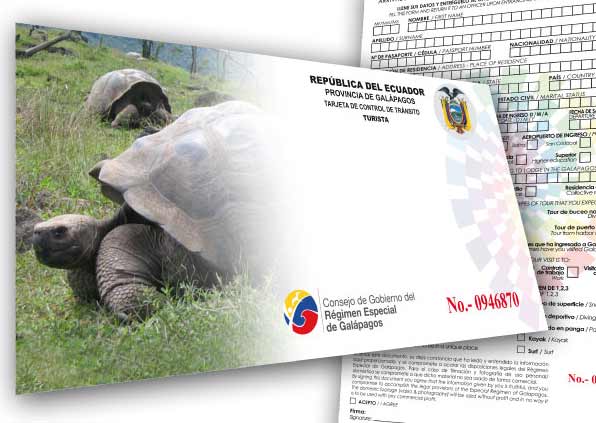
The INGALA Transit Control Card (TCT)
The Ecuadorian Government has instituted the TCT to help keep track of who is coming and going to the islands. Visitors must go to a booth in the airport with their plane tickets to get the card, which costs $20 (cash only). The card is turned in at the end of the trip. Those travelers going on a set tour or cruise ship (especially the more reputable ones) may find that their guide takes care of the TCT for them. If you’ll be getting your own without the aid of a guide or tour agency, plan on a little extra time in the airport.
Why is it needed?
Decades ago, no one was interested in going to Galapagos. The rocky, sun-drenched islands had little to offer visitors or colonists from Ecuador. Most of the land isn’t very good for farming, there is nothing worth mining (except for some salt, and salt mine experiments didn’t work out very well) and the currents can even make fishing dangerous.
What is the purpose of the TCC?
- Provides registration at entrance to the province according to the types of residency allowed by the Law of the Galapagos Province.
- Prevents those who have been deported from the province, because of having been in an irregular state according to the Law of the Galapagos, from re-entering.
- Prevents a tourist or transient from entering the province if he or she has already reached the maximum length of stay allowed by the Law of the Galapagos (90 days)

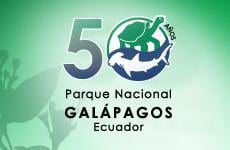 All tourists visiting the Galapagos Islands must pay an entry tax to visit the archipelago. The amount of this entrance fee depends on the age and nationality of the tourist. Most foreign tourists over the age of 12 pay $200, while children pay $100.
All tourists visiting the Galapagos Islands must pay an entry tax to visit the archipelago. The amount of this entrance fee depends on the age and nationality of the tourist. Most foreign tourists over the age of 12 pay $200, while children pay $100. 